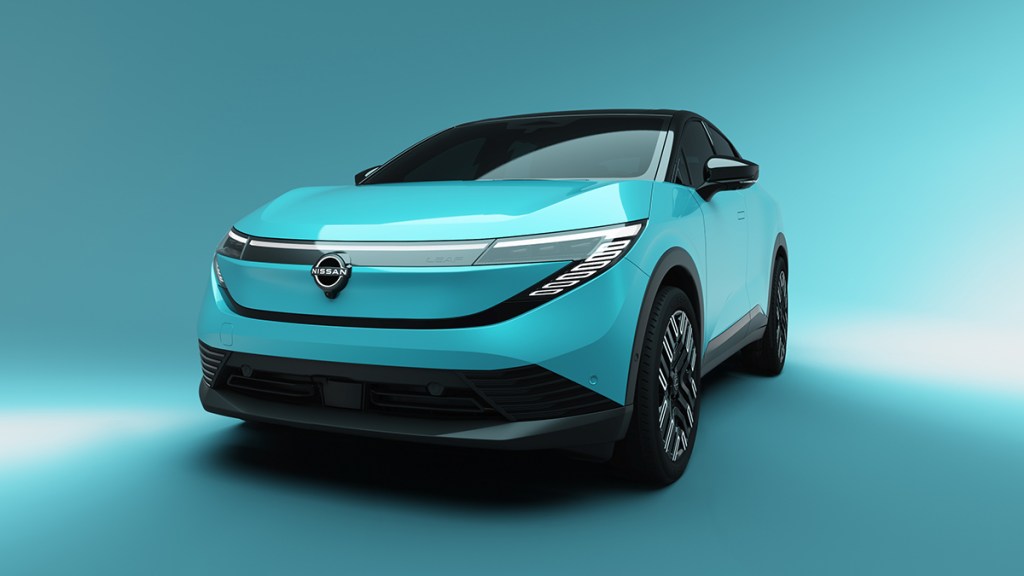Nissan’s contribution to vehicle electrification is called “e-Power.” We recently joined Nissan on a trip to Japan to drive a vehicle with the latest e-Power system. The company has been using e-Power since 2016, and the system is now in its third generation of production. We got a preview of Nissan’s electrification plans for North America in a Nissan Qashqai, once sold in a gas version in the U.S. as the Rogue Sport.
The new e-Power is a hybrid solution, but not a typical one. Most hybrids today, like the Toyota Prius and Honda Accord, operate as parallel hybrids. In a parallel system, the gasoline engine and electric motors work in parallel or together to propel the car. In some cases, a parallel hybrid vehicle can run on electricity alone, but this operation is limited to very low speeds or high-speed circumstances to maximize fuel economy. Most of the time, the gas engine and electric motors work together.
Nissan’s e-Power is a series hybrid, sometimes called an extended range electric vehicle (EREV). In a series hybrid, the gasoline engine is on board as a generator, producing electricity for the battery pack, which powers the electric motors. With Nissan’s third-gen e-Power, the generator is a 1.5-liter turbocharged 3-cylinder engine. You don’t plug an e-Power vehicle in to charge between drives; you fill the tank with gasoline, even though the car uses battery power.
Feels Like an EV

The e-Power Qashqai we drove felt like an electric car in operation. It has the quiet, quick feel of an electric car, but with the convenience of a gasoline-powered car. The driving experience lacks the “back-and-forth” feeling of parallel hybrids, driving smoothly without power transitions. Acceleration is impressive, even at high speeds, the little SUV remains quiet and stable. In this series hybrid, you hear the gas engine running, but it’s unrelated to how hard you press the accelerator. For example, if you push the accelerator to the floor from a dead stop, the engine will rev. However, not harshly or loudly. The engine revs to deliver more energy to the battery for what the car’s computer assumes will be an energy-depleting driving circumstance. Drive at a calm, steady pace, and the gas engine remains silent — but this depends on the battery’s state of charge. The perfect situation for the Nissan e-Power system is during extended highway driving, where the gas engine feeds energy into the battery pack. Once you leave the freeway, the car behaves like an electric car.
Will Customers Recognize the Benefits?
After our e-Power test drive outside Yokohama, Ponz Pandikuthira, senior vice president and chief planning officer for Nissan Americas, said, “e-Power is the perfect example of how Nissan is giving customers what they want while innovating at the same time.”
Nissan’s e-Power system will be available in an all-new Nissan Rogue by the end of 2026. Will this be enough to get people to consider a new Nissan hybrid? We don’t know the price yet, but in many ways, Nissan’s e-Power is better than a more traditional hybrid. Will Nissan dealers know what they have and how to explain the benefits? With the e-Power setup, even a brief test drive will clear up any confusion.










